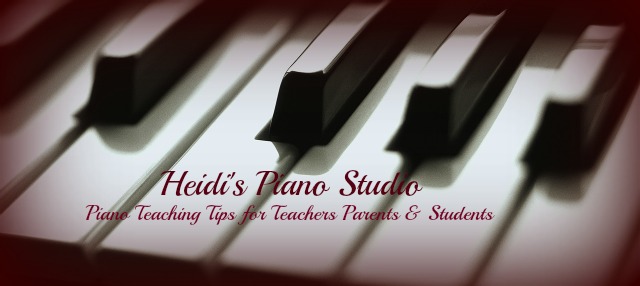For Health and Strength - a short one line round perfect for siblings to practice in duet or round form
I remember singing this song often at church as a young child. It was probably my first exposure to singing in a round. One evening as I was gathered in the bathroom with several of my siblings to brush our teeth, someone broke into song. We had a memorable and jovial impromptu choir practice in front of the bathroom mirror as we practiced conducting with exaggerated motions to cue each new part and sing this song with multiple rounds. Now when I hear this song it makes me think of the blessing it was to grow up in a home full of siblings (there were 6 of us) surrounded by love. I am thankful for parents who took me to church regularly and filled my life with music that helps me remember the Lord. Following are a few of my favorites.
My Heavenly Father Loves Me I love the soothing melody line in this song!
Thanks to Our Father - Haydn + Robert Louis Stevenson
Family Prayer Sometimes we use this as an attention getter to gather our own 6 squirmy children for prayer.
Children All Over the World As a child I was intrigued by the challenge of learning to say thank you in many different languages when I was taught to sing this song.
Hymn of Grateful Praise and various arrangements by Sally Deford
This year I accompanied my daughter this year as she sang her first solo in church - "Come Thou Fount". One of my piano students who was in the congregation called me afterward and asked what the name of the song was because she loved it so much. The level of difficulty was beyond her reach, but since she was so enthused about learning it, after she mastered the melody line, I had her identify the chords in the harmony and showed her some tricks for improvising it to her level.
All Things Bright and Beautiful - simple arrangement by Susan Paradis
This week I was asked to give a short talk (sermon) on the topic of gratitude. It was the perfect topic for me because its something that I need to work on. It is easy for me to be honest, to be obedient, but being grateful and optimistic is a continual challenge. I want to be more like Job who after having most of his temporal blessings stripped from him was still able to say
· " Naked came I out of my mother’s womb, and naked shall I return thither: the Lord gave, and the Lord hath taken away; blessed be the name of the Lord. In all this Job sinned not, nor charged God foolishly."
I I love the reminder in this short video of a simple daily exercise that can help me live in thanksgiving daily... not just as I approach Thanksgiving.
I
As I watch "My New Life," the story of Stephanie Nielsen, a young mother who survived a plane crash, it chokes me up almost everytime. Maybe its because I'm still in the phase of life with precious little children at home to care for who have many needs and yet who are the joy and delight of my life. The background music is beautiful and it reminds me of the amazing husband I am privileged to share this life together with.






























